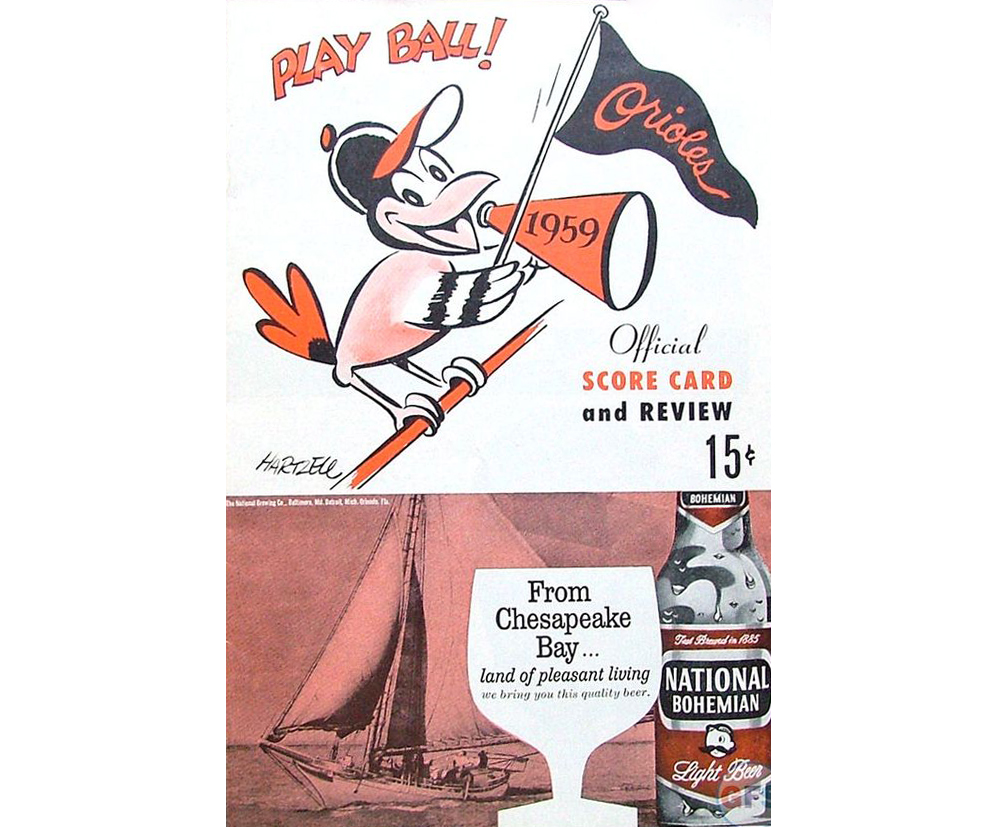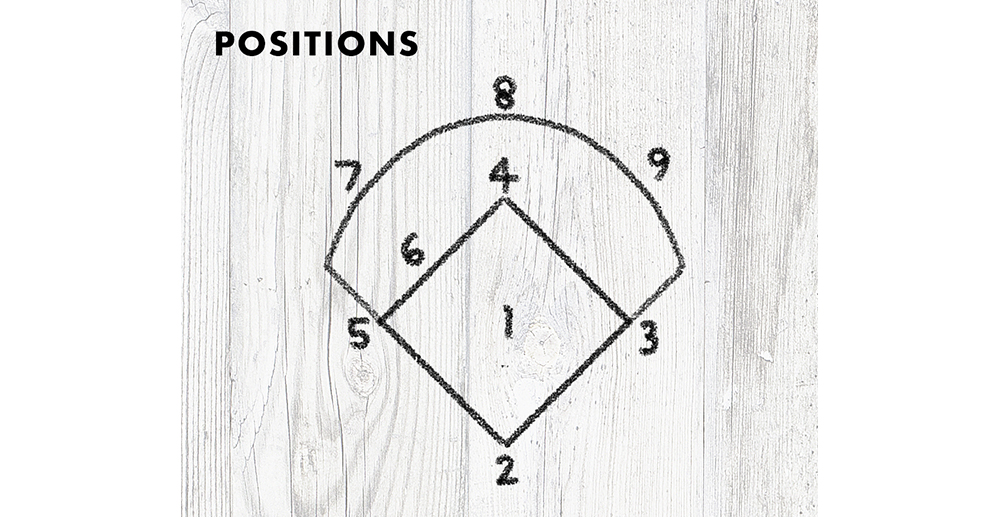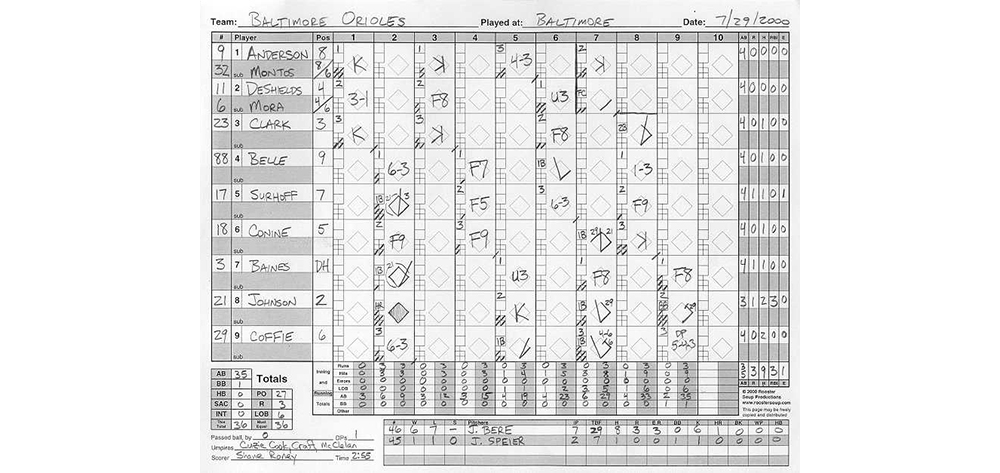How to: A Primer on Keeping a Baseball Scorecard
It's the time of year when grills grace backyards with fragrant charcoal smoke, chins drip with fresh watermelon juice, and the gentle drone of neighborhood lawnmowers beat back that evergrowing green tide. Every day pushes sunset a little later into the edge of night, and in the morning you can smell the dew steaming off from the tips of grass. Summer is here… and it's brought baseball along.

One of the things I look forward to in the middle of the year is setting aside the latter half of a day, soaking in the ambience of a ballpark while trying to avoid mustard stains on my pants, and adding a new scorecard to my collection. I first started keeping score on a whim several years ago at a Durham Bulls game on the 4th of July, the first baseball game I had been to in about a decade. I'm a pretty obsessive notetaker, so when I gave it a shot…
I was totally hooked. As my poor pregnant wife completely roasted in her outfield seat next to mine (and eventually took solace in the shade near the concessions… sorry Ashley!), I watched the game—no, took part in the game—with an awareness so keen it almost felt like I had picked up several new senses.

You may be asking: how is keeping score fun, anyway? Doesn't it just feel like you're doing high school homework at a sporting event? No!
You're retelling the story of the game you went to. When you're actually looking for details of the game to write it down, you're engaging deeper in it. You're asking questions and answering them: What was the lineup? Who was the starting pitcher, and who were the relief pitchers? What about that fantastic double play in the top of the 5th inning? I can attest to this—later, you can actually mentally re-watch the game you attended when you read your scorecard, the card acting like a radio commentator. It's one of the reasons baseball is so cool—the many fixed positions of the field are easy to visualize, so a verbal description produces a vivid mental image. Not to mention, it produces physical keepsakes, and I'm of the opinion that baseball-related ephemera is incredibly cool. (Anyone who's ever seen the Sandlot knows what I'm talking about.)
Plus, it allows you to preserve your battery for GPS directions on the way home.
How to Keep Score at a Baseball Game

Let's walk through a scorecard, from setup to symbols to getting started.
Baseball Scorecard Setup
Your basic scorecard is laid out with two areas, one for the home team and one for the opposing team. When you get your scorecard, write down the lineup for each team, as well as the starting pitchers. You can also record other information for the game that you'll want to remember later, like the date and location.
There's actually no standardized scorekeeping system, even among MLB professionals. Remember, the main idea is being able to follow the game on paper afterwards, so it's kind of like fiction writing—pretty much the only rule is that the internal logic has to be consistent. There are, however, some symbols and notations that scorekeepers use as a standard practice that you can use as a foundation for your own shorthand.

Outs:
• K — strikeout swinging
• Backwards K — strikeout looking
• F — fly out
• L — line drive out
• DP — double play
On Base:
• 1B — single
• 2B — double
• 3B — triple
• HR — home run
• BB — walk (short for base on balls)

Positions:
Battery
• 1 — pitcher
• 2 — catcher
Infield
• 3 — first base
• 4 — second base
• 5 — third base
• 6 — shortstop
Outfield
• 7 — left field
• 8 — centerfield
• 9 — right field
Misc.
• DH — designated hitter
How to Record Plays

Example via baseballescorecard.com
Remember, you're recording each consecutive player from his perspective, so you're writing down whatever he does with the ball, then how far he advances on base. But you're also going to want to record who got him out, or who got him home.
So to get you started, here are a few examples from the July 4, 2015 Durham Bulls–Norfolk Tides game where I first kept score.
1. Strikeout
Tides first baseman Christian Walker strikes swinging in the 4th inning. I record it as K. It's the second out, so I circle “2” in the bottom right of the square.

2. Fly out
Bulls DH Tim Beckham hits a pop fly directly to the centerfielder, the first out of the 3rd inning. I record F for fly, 8 for the centerfielder who caught it, and circle 1 in the bottom right for the first out. (The same thing actually happened in the first inning as well!)

3. Thrown out at first
Bulls 2nd baseman Nick Franklin hits a grounder to the right side of the infield and gets thrown out at first. How do I know that? I wrote 3-1 in the middle and circled 2 in the bottom left, which means the 1st baseman fielded the ball and the pitcher covered the base.
So here's the formula for recording fielded outs: record the players in the sequence of handling the ball.

4. Two outs: double play
Christian Walker's up to bat in the third inning with one man on first. He hits a grounder toward the left, which gets fielded by the shortstop, who throws out his buddy at 2nd, and the 2nd baseman throws Walker out at first. I write down DP at the top of the diamond so I can see it clearly if I'm scanning the page, then record 6-4-3 in the middle of the diamond and circle 3 in the bottom of the diamond.

5. Hitting a single
Tides catcher Steve Clevenger leads off the 5th inning with a single, so I write 1B in the middle of the diamond and draw a line to first. The next batter hits a double, so Clevenger advances to 3rd, which I record with two more lines around the diamond. Unfortunately there's a strikeout and two more outs after that, so he never advances to home plate.

6. Home run
Bulls right fielder Taylor Motter hits it beyond the fence, so I wrote HR in the diamond. He also brought home Boog Powell, who'd gotten on base with a single, so I circled “+1” near home plate.

7. Missing part of an inning
It was a really hot day and all that bottled water went right through me, so I drew a commode. (What can I say? When you gotta go, you gotta go.) A pretty common marker for not catching stuff is “WW” for “wasn't watching.”
Those are some basic ideas, but there are so many more kinds of plays that need recorded—wild pitch, fielder's choice, triple play, balk, to name a few. If you keep it up, you'll soon get a feel for it may invent some symbols of your own.
For some fun further reading, check out these two articles on scorekeeping I happened across while writing this piece:
- Oh Scorecard, My Scorecard by Scott Ferkovich
- The Art of Scoring by Jim Caple









